Mårten Lange Photographs the Place on Earth Where the History of Humanity Began (Sort of)
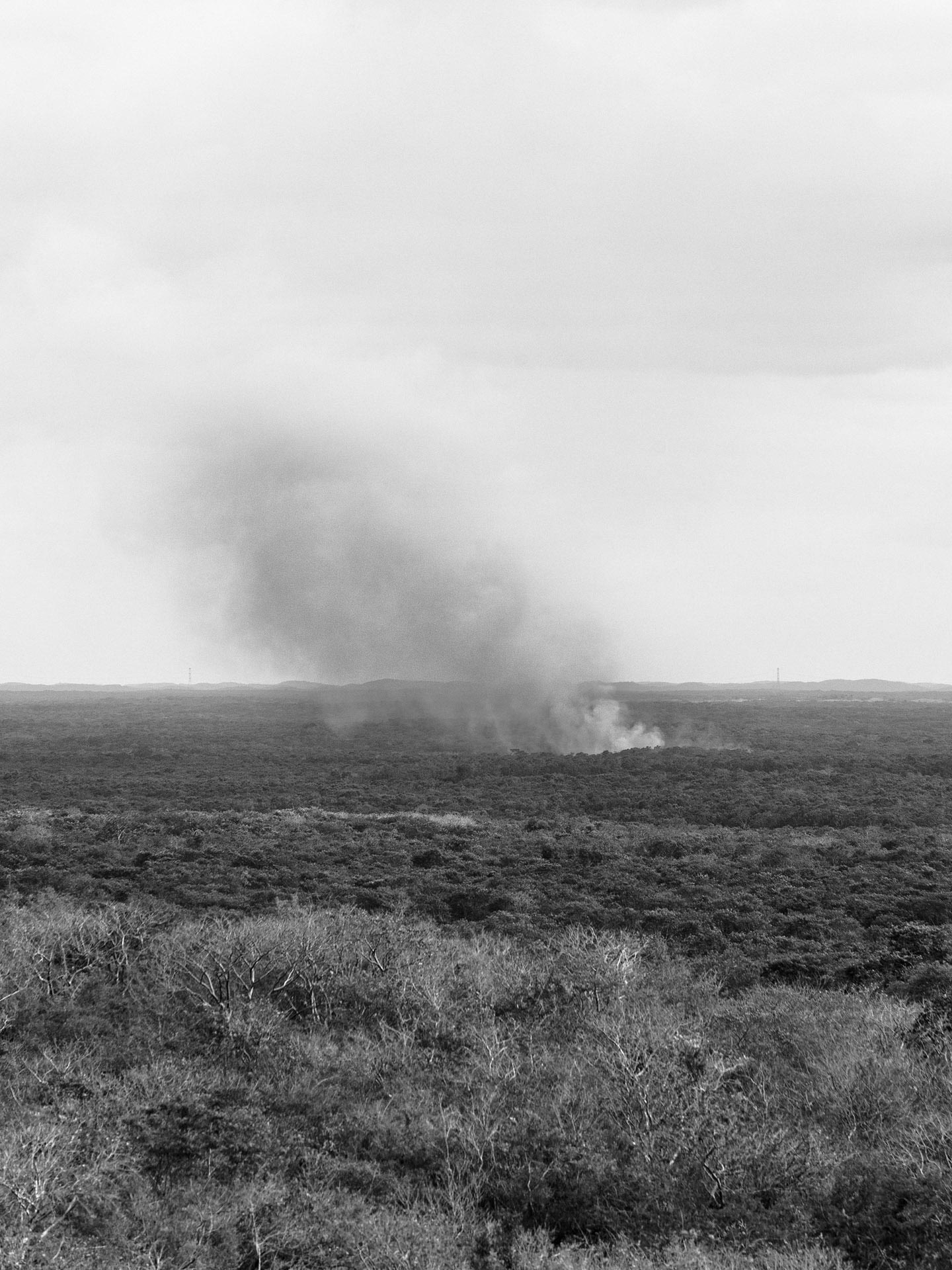
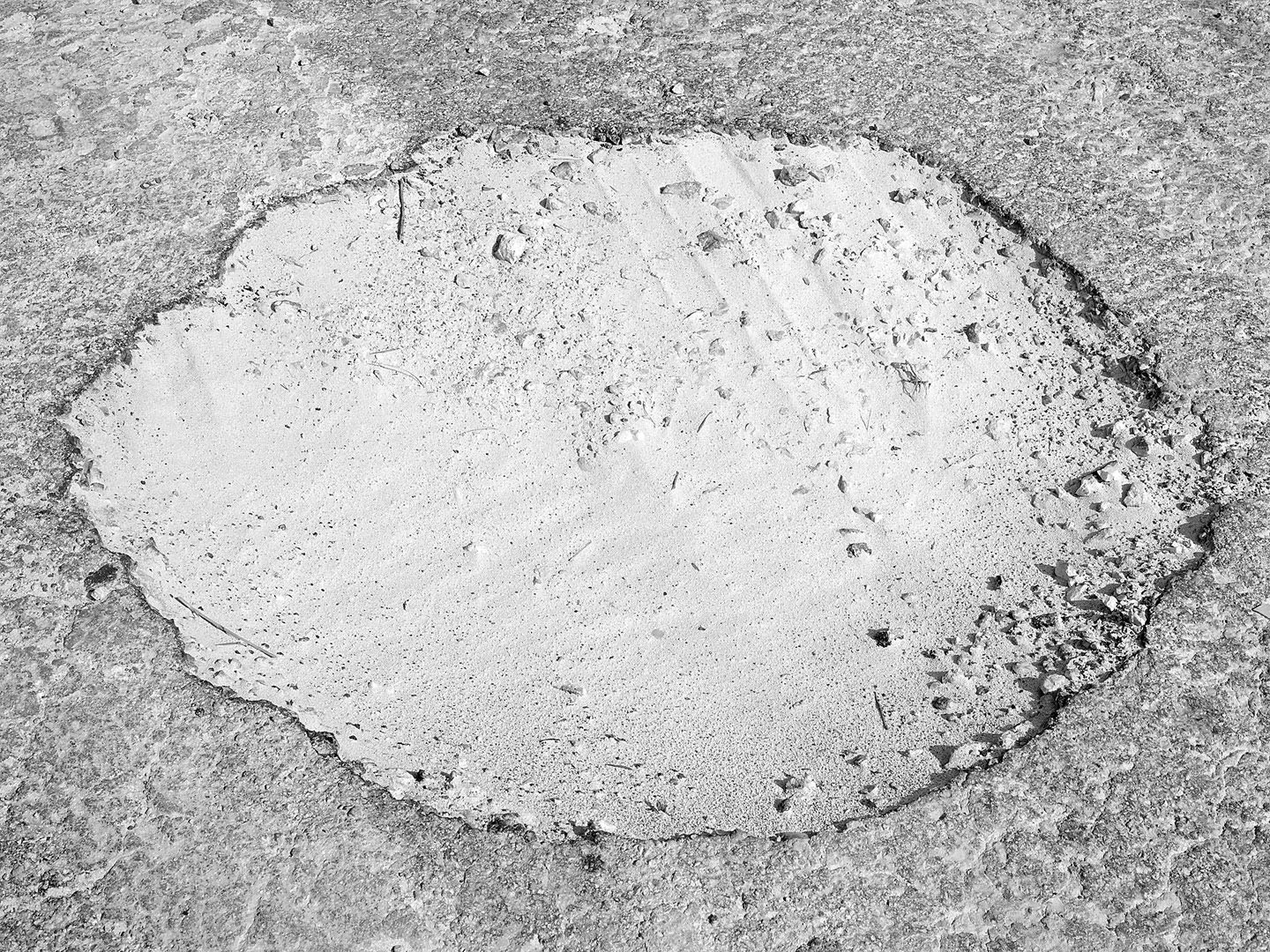
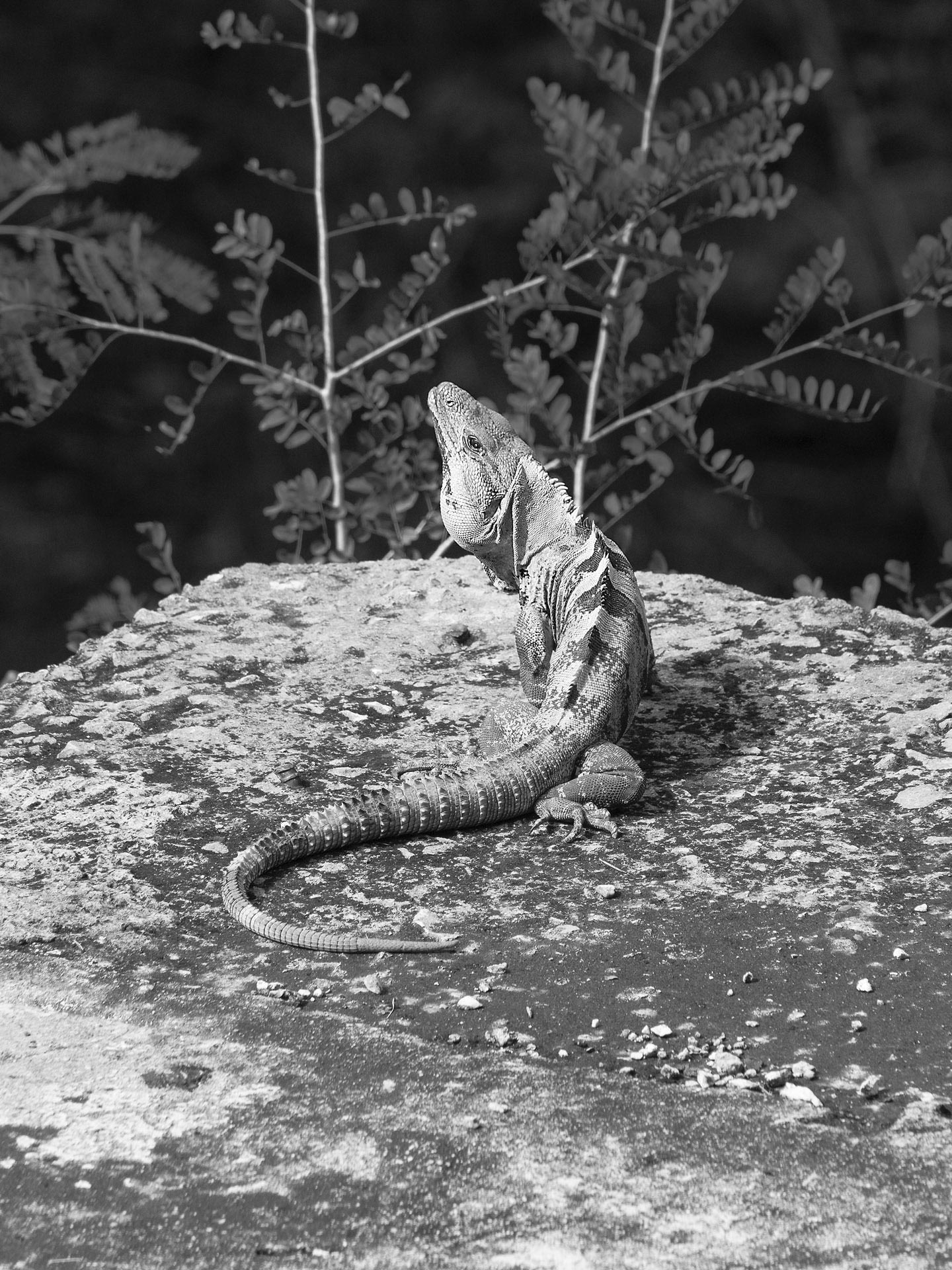
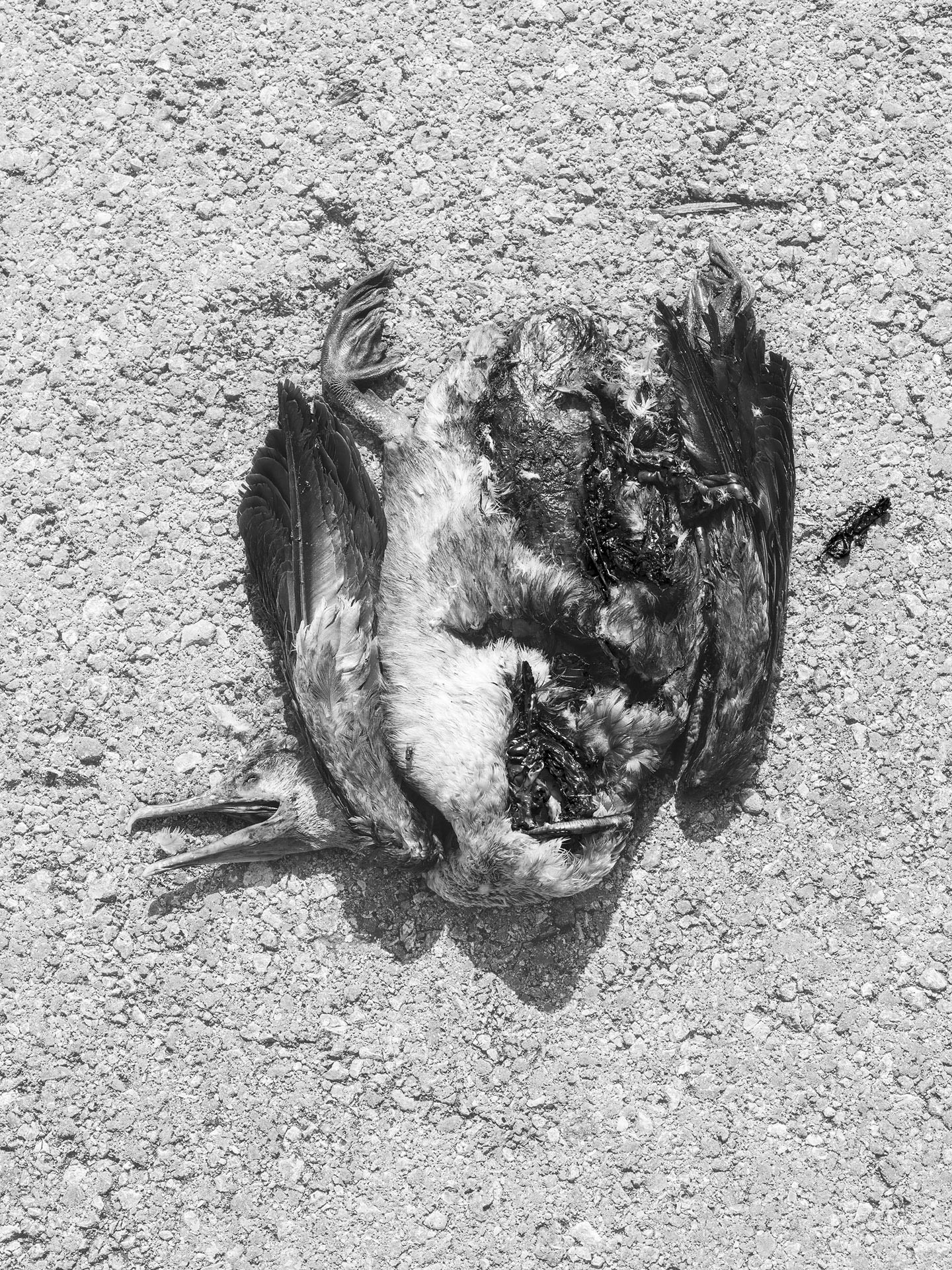
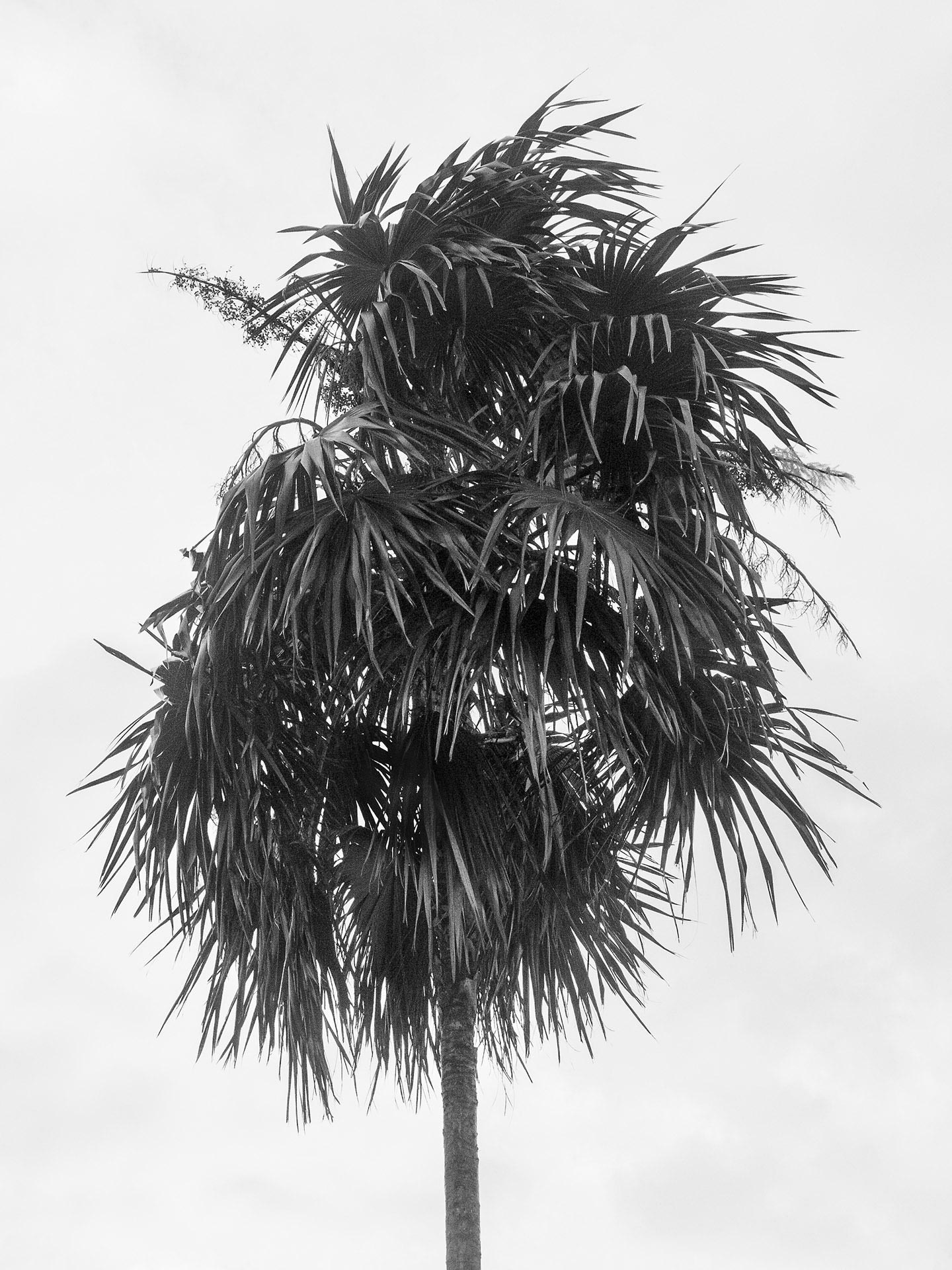

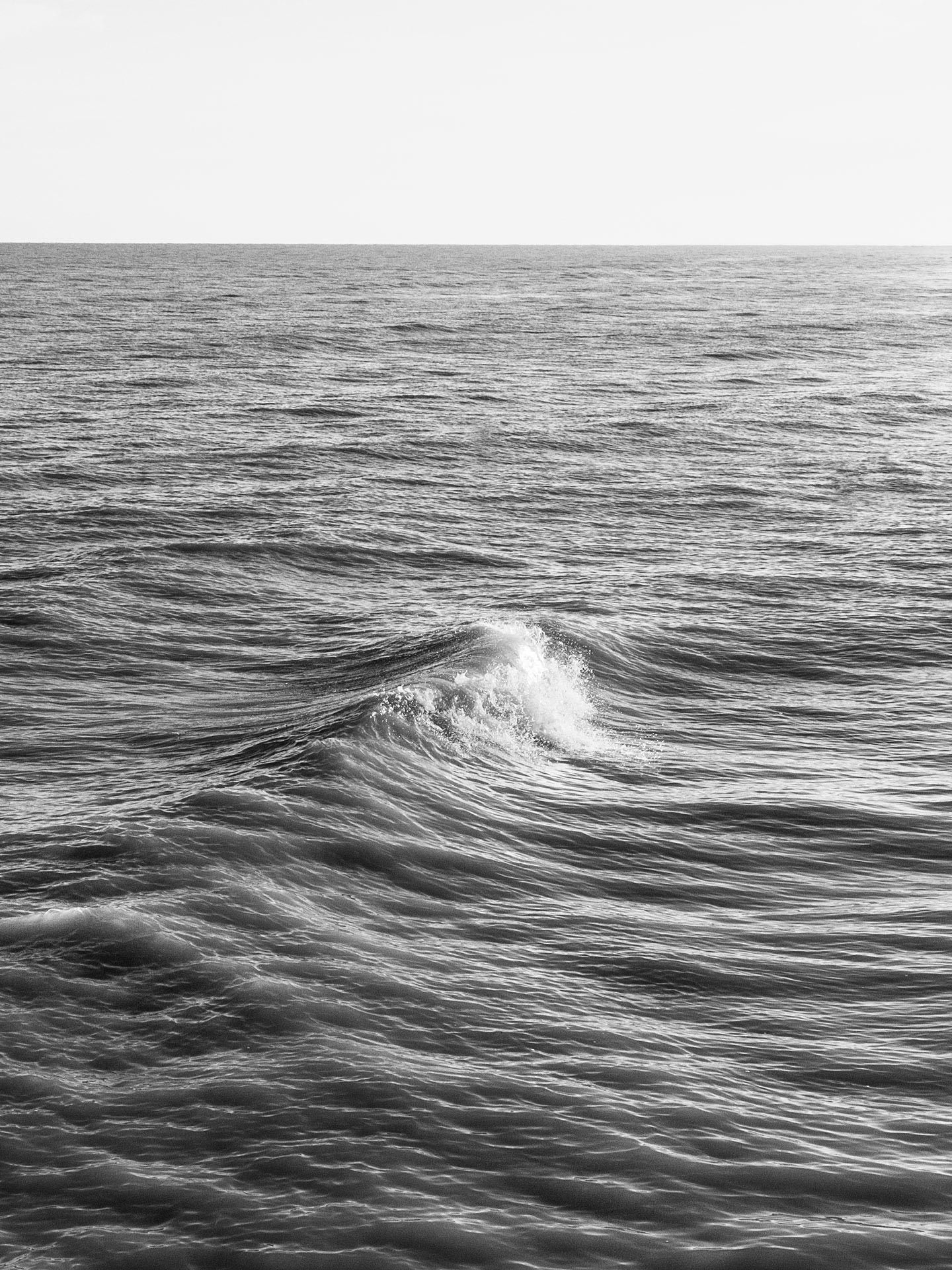



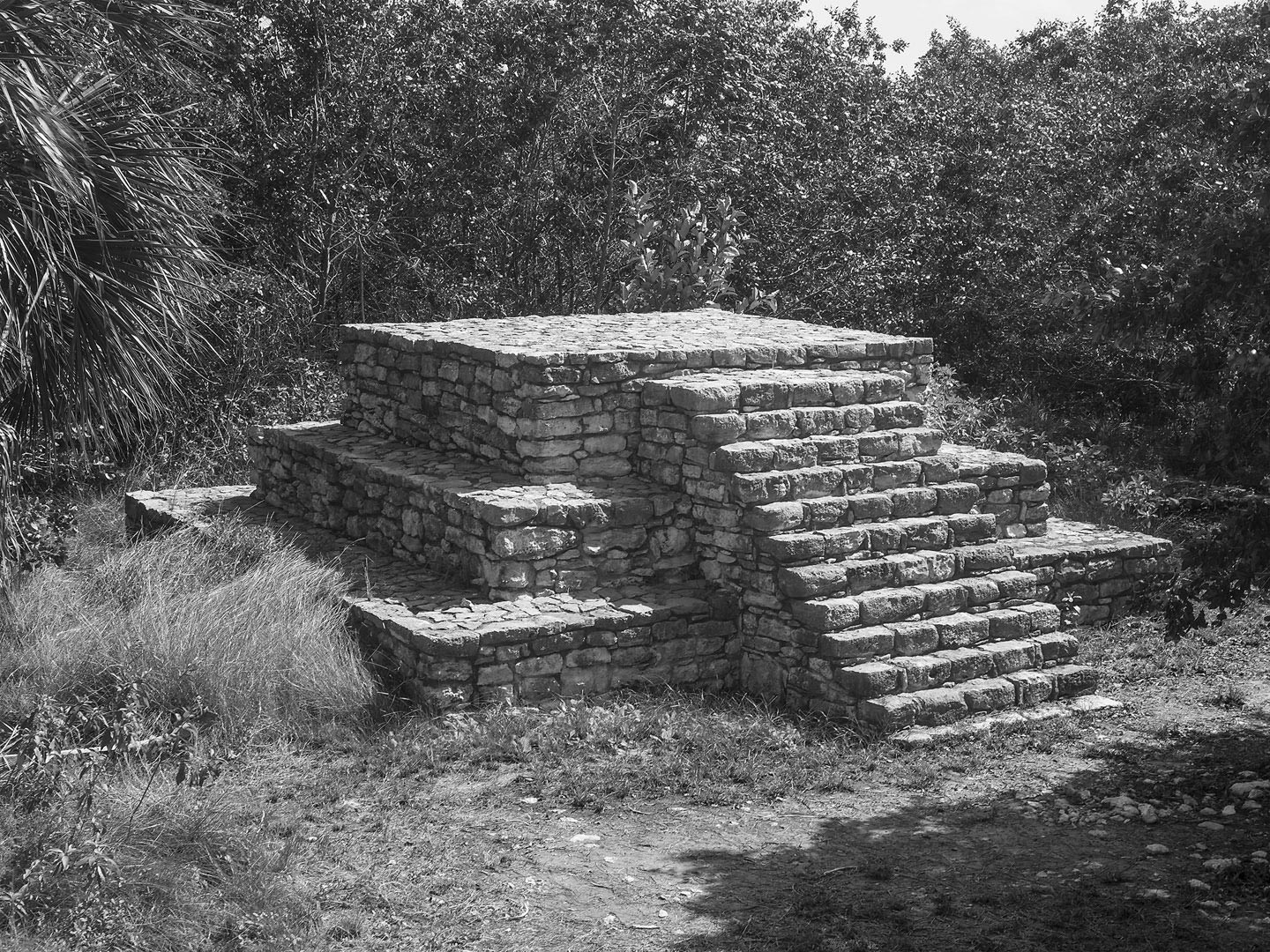
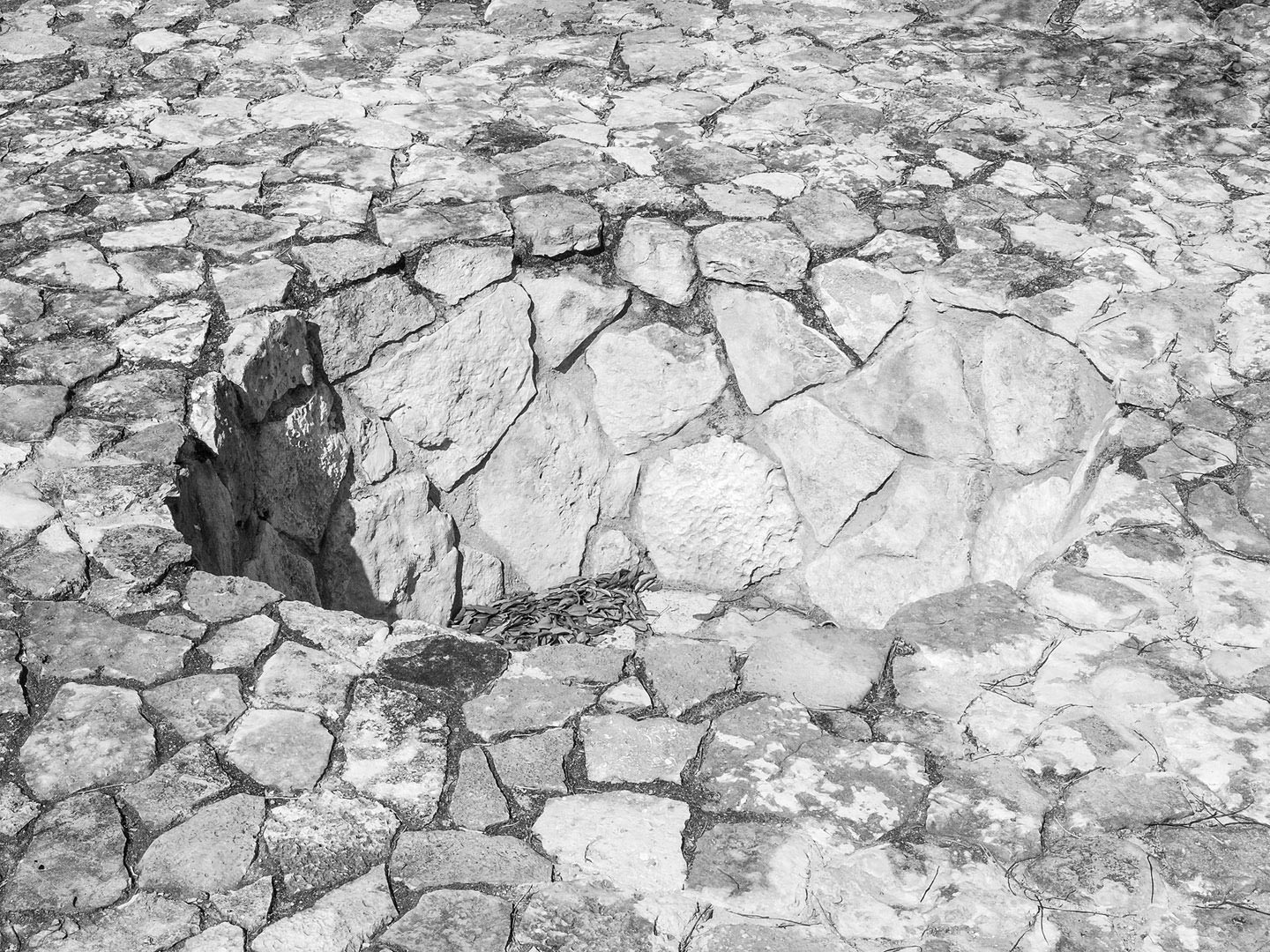
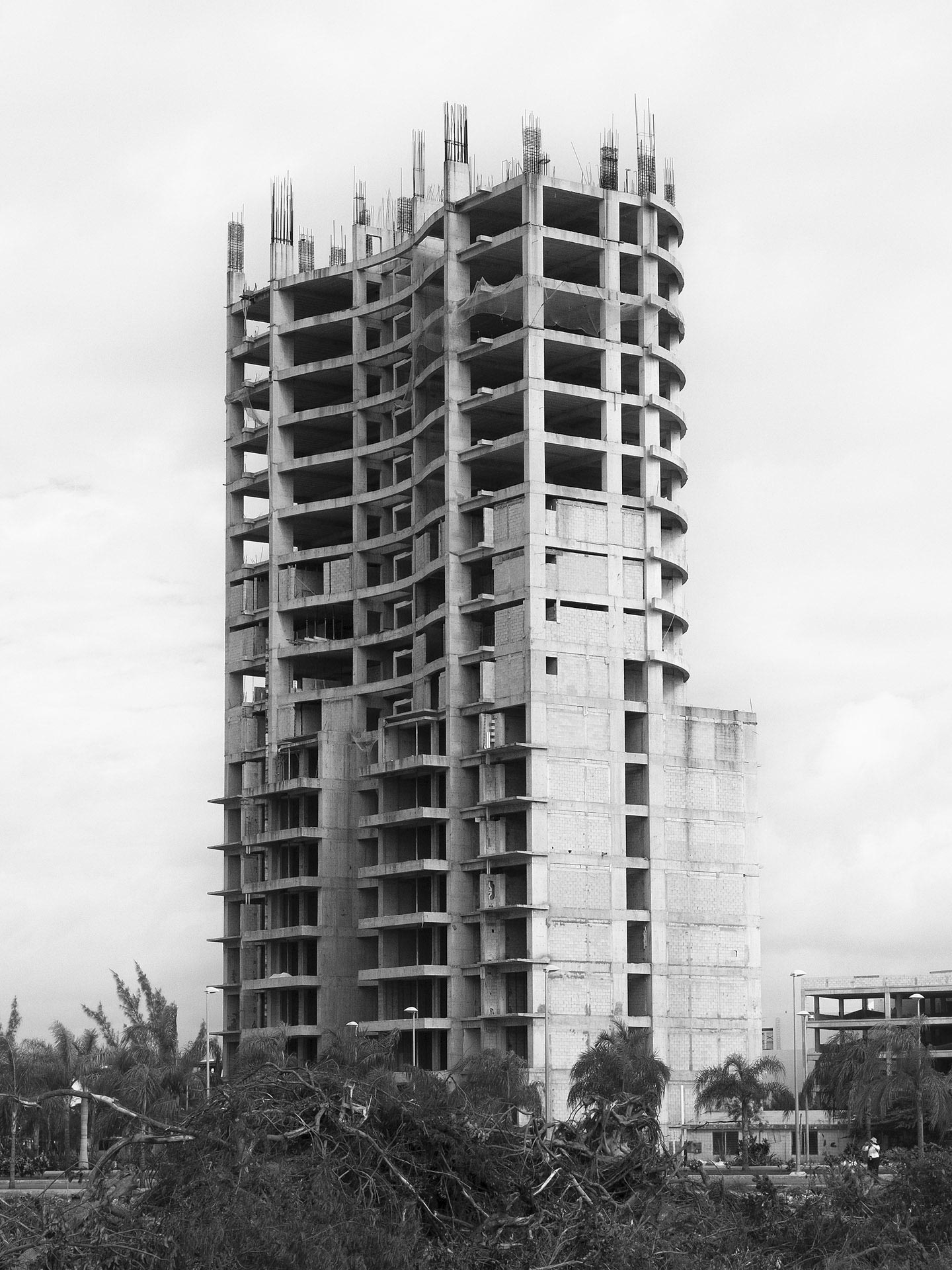

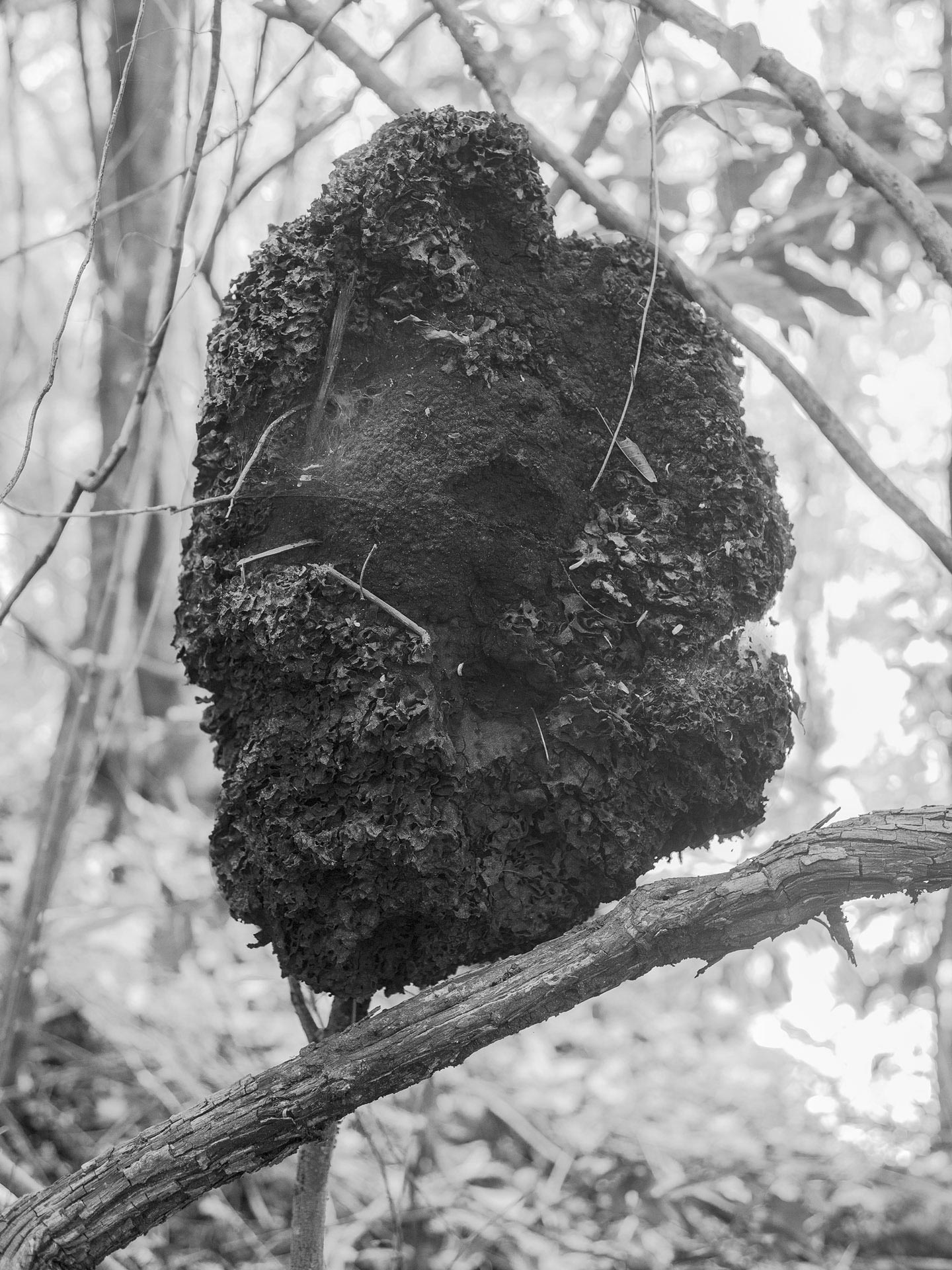
The name Chicxulub may not ring a bell with you, but it’s got to do with a pretty important moment in time for the mankind: it’s the name of the crater created by the asteroid that, when it hit Earth, changed the global ecosystem so irreversibly that dinosaurs couldn’t keep up, and became extinct. No Chicxulub, no humans.
32 year-old Swedish photographer Mårten Lange, a FotoRoom favorite, explored the place in Mexico where the asteroid impacted, and recently self-published a photobook called Chicxulub that brings together the pictures he took there—buy your copy here.
Hello Marten, thank you for this interview. We haven’t spoken since featuring your Citizen series last year—how’ve you been?
I’ve been good, thanks. I was awarded a Hasselblad Foundation Victor Fellowship last year, so I spent 6 months as artist in residence at ISCP in New York. Since coming back to Sweden in the spring I’ve been busy with the new book, Chicxulub. I’ve also shown work at AIPAD in New York and Landskrona Museum in Sweden. And just last week an exhibition of Citizen opened at Galleri Charlotte Lund in Stockholm.
How did you get the idea to make work in Mexico’s Yucatan peninsula, where the asteroid that caused the extinction of dinosaurs hit the Earth?
I’ve always felt a very strong fascination with dinosaurs and the prehistoric—the fact that a different world existed right where we are today. And this world would maybe still be around if some random events had made that asteroid pass the earth instead of hitting it. The time spans and the brutal randomness of it all really captured my imagination. I was thinking a lot about this when living in New York, and since the Yucatan isn’t that far away, I decided that it was time to go and explore the area.
What was your main intent in creating this body of work? What ideas does the story of the Chicxulub crater allow you to explore?
The crater itself is now half a mile underground and there are no obvious traces on the surface. Photography is always about looking at the surface first, and so the challenge was: how do I make a story in photographs about something that isn’t visible? And not only invisible, but also 66 million years in the past. I wanted to explore the possibilities of the photographic narrative.
How did your exploration of the area go?
While being in Mexico I developed an interest in the Maya civilization, which also came to and end because of an unforeseen catastrophe: the arrival of the Spanish in the early 16th century. The ruins are now supporting a big tourist industry on the peninsula. I didn’t intend to take photos of ruins when I planned the trip, but I liked how the Chicxulub story seemed to echo with the Mayans. The destruction of one world seems to always lead to the creation of a new one.
What are you showing us in the Chicxulub images, and how would you describe your approach to this project?
There are many images of the landscape, animals and natural phenomena. And the ruins of course. I was looking for things that spoke about destruction and creation, and about time. There are the iguanas and the crocodile, animals that survived the Chicxulub event and haven’t changed much since then. And then there are the birds, who are the descendants of the dinosaurs.
I also included an image of an unfinished high-rise hotel near the end of the book—the financial crisis of 2008 had an impact on tourism, so many beach villas and hotels are now derelict. There is a connection there: the recurring theme of disaster.
Did you have any specific references or sources of inspiration in mind while working on Chicxulub?
I read a lot about the impact online, and I also read a book by Walter Alvarez, the man who connected the crater with the dinosaur extinction. And I guess there are still childhood echoes from Jurassic Park and Indiana Jones at the back of my mind.
After slightly departing from it with the Citizen portraits, for Chicxulub you have returned to your signature style of shooting in a forensic way, as you come across things. Why do you think such style fits your practice best?
I like to work both ways, sometimes making typologies like with Citizen or Machina, and sometimes with a kind of narrative, like with Chicxulub. The style of shooting is maybe not so different; it’s more about the method of working. Sometimes I get really into one particular subject, like the pigeons, and sometimes I keep on walking. But my images almost always has this focused, one-thing-at-a-time kind of gaze.
You also have a preference for nature as a favorite subject matter, and the investigative way you look at animals, plants, stones, etc. feels like you’re collecting evidence of a bigger, concealed story. Where does your fascination with nature come from, and what secrets do you think it holds?
I grew up spending a lot of time outdoors, with long summers in the countryside. I studied natural sciences in high school with the intention of becoming an engineer, but then took up photography. The fascination with the world as a system has stayed with me though.
Photography is a medium that suits me, because it allows scrutiny of details, something a scientist is also interested in. I’m a bit uncomfortable with the idea that nature is a separate aspect of the world and that it is hiding secrets from us—I prefer to think of the world as a source of knowledge.
Keep looking...

FotoCal — Photography Awards, Grants and Open Calls Closing in October 2024

FotoCal — Photography Awards, Grants and Open Calls Closing in September 2024

FotoCal — Photography Awards, Grants and Open Calls Closing in August 2024

FotoCal — Photography Awards, Grants and Open Calls Closing in July 2024

FotoCal — Photography Awards, Grants and Open Calls Closing in June 2024

FotoCal — Photography Awards, Grants and Open Calls Closing in May 2024

FotoCal — Photography Awards, Grants and Open Calls Closing in April 2024




